Accordingly, this process applies to the entire fresh durian production chain from cultivation, harvesting, transportation, preservation, packaging and export.
For growing areas and growing facilities, the requirements are to meet the conditions for ensuring food safety, be granted growing area codes and fully implement regulations on traceability. Facilities are inspected for food hygiene and safety with a frequency of no more than 1 time/year for facilities that have been granted one of the certificates such as GAP, ISO 22000. Growing facilities must also sign a commitment to produce and trade safe food.

Export durian packaging facilities are also required to be assessed, certified as meeting food safety conditions, granted codes and meeting requirements for traceability, recall and handling of unsafe products. Commercial traders must register their food business lines, carry out traceability, recall and handle unsafe fresh durian products.
In addition to clearly defining the responsibilities and conditions for each link in the chain, the new process also sets out requirements for testing facilities. Accordingly, testing facilities will organize sampling and testing of food safety indicators according to the requirements of competent authorities, to serve the inspection and issuance of state certification on food safety for shipments in case of request from the competent authority of the import market.
For exported fresh durian products, in addition to meeting domestic regulations, the products must also fully comply with labeling regulations, meet heavy metal residue standards as prescribed, pesticide residue standards and relevant regulations on the list of standards and food safety limits for durian products of the corresponding import market.
The Ministry of Agriculture and Environment also assigned specific tasks to the Department of Quality, Processing and Market Development, the Department of Crop Production and Plant Protection, and the Departments of Agriculture and Environment of provinces and cities on professional training, updating market requirements, guiding inspections, and disseminating new standards.
Source: https://baoquangninh.vn/bo-nong-nghiep-va-moi-truong-chinh-thuc-siet-kiem-soat-sau-rieng-xuat-khau-3369945.html










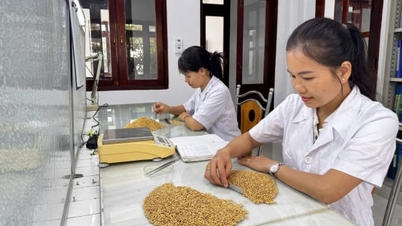



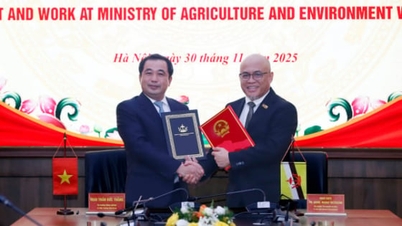




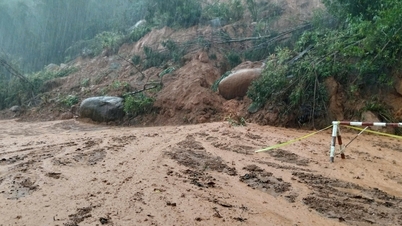

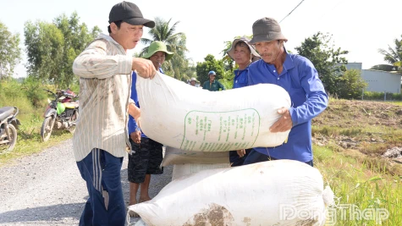

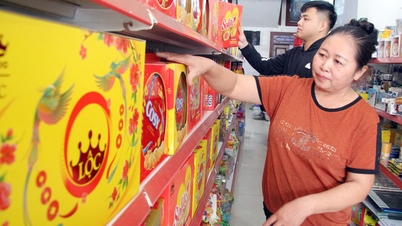

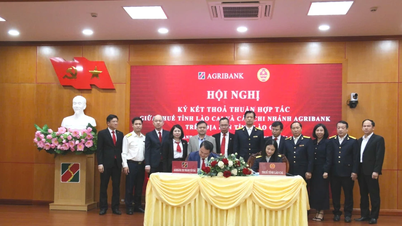








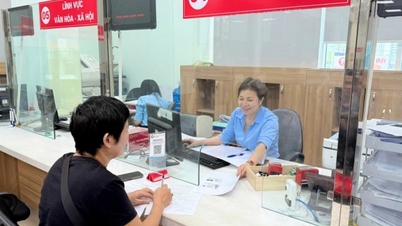




![[Photo] Worshiping the Tuyet Son statue - a nearly 400-year-old treasure at Keo Pagoda](/_next/image?url=https%3A%2F%2Fvphoto.vietnam.vn%2Fthumb%2F1200x675%2Fvietnam%2Fresource%2FIMAGE%2F2025%2F12%2F02%2F1764679323086_ndo_br_tempimageomw0hi-4884-jpg.webp&w=3840&q=75)
![[Photo] Parade to celebrate the 50th anniversary of Laos' National Day](/_next/image?url=https%3A%2F%2Fvphoto.vietnam.vn%2Fthumb%2F1200x675%2Fvietnam%2Fresource%2FIMAGE%2F2025%2F12%2F02%2F1764691918289_ndo_br_0-jpg.webp&w=3840&q=75)
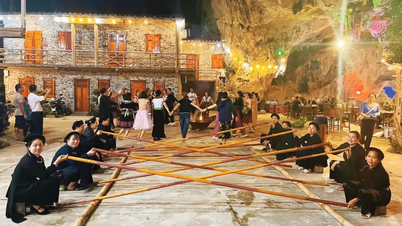













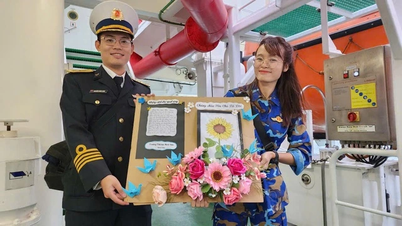


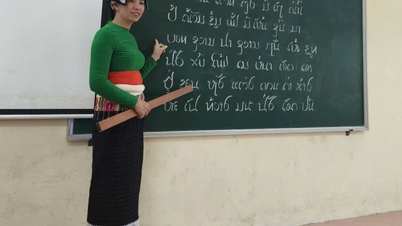

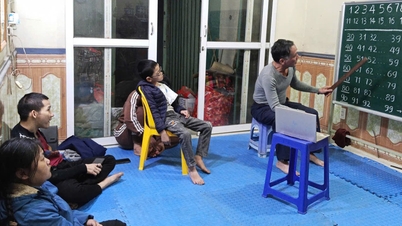
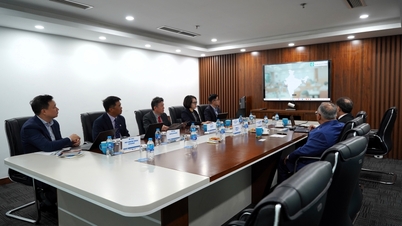
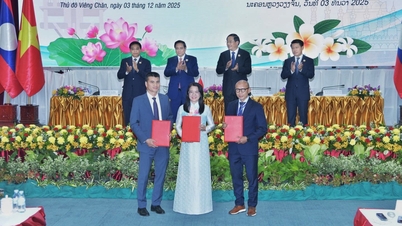


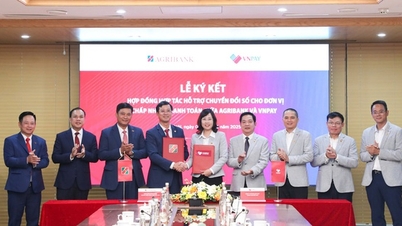



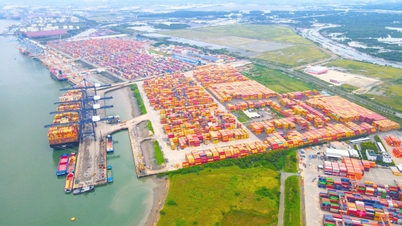
























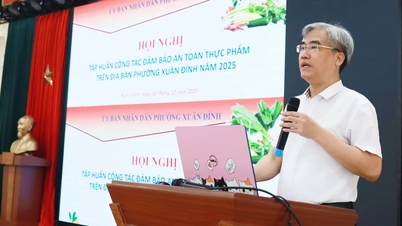

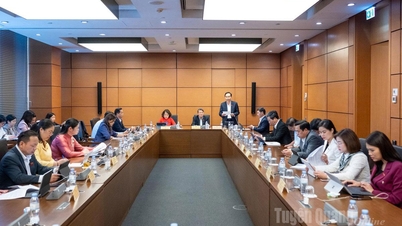














Comment (0)